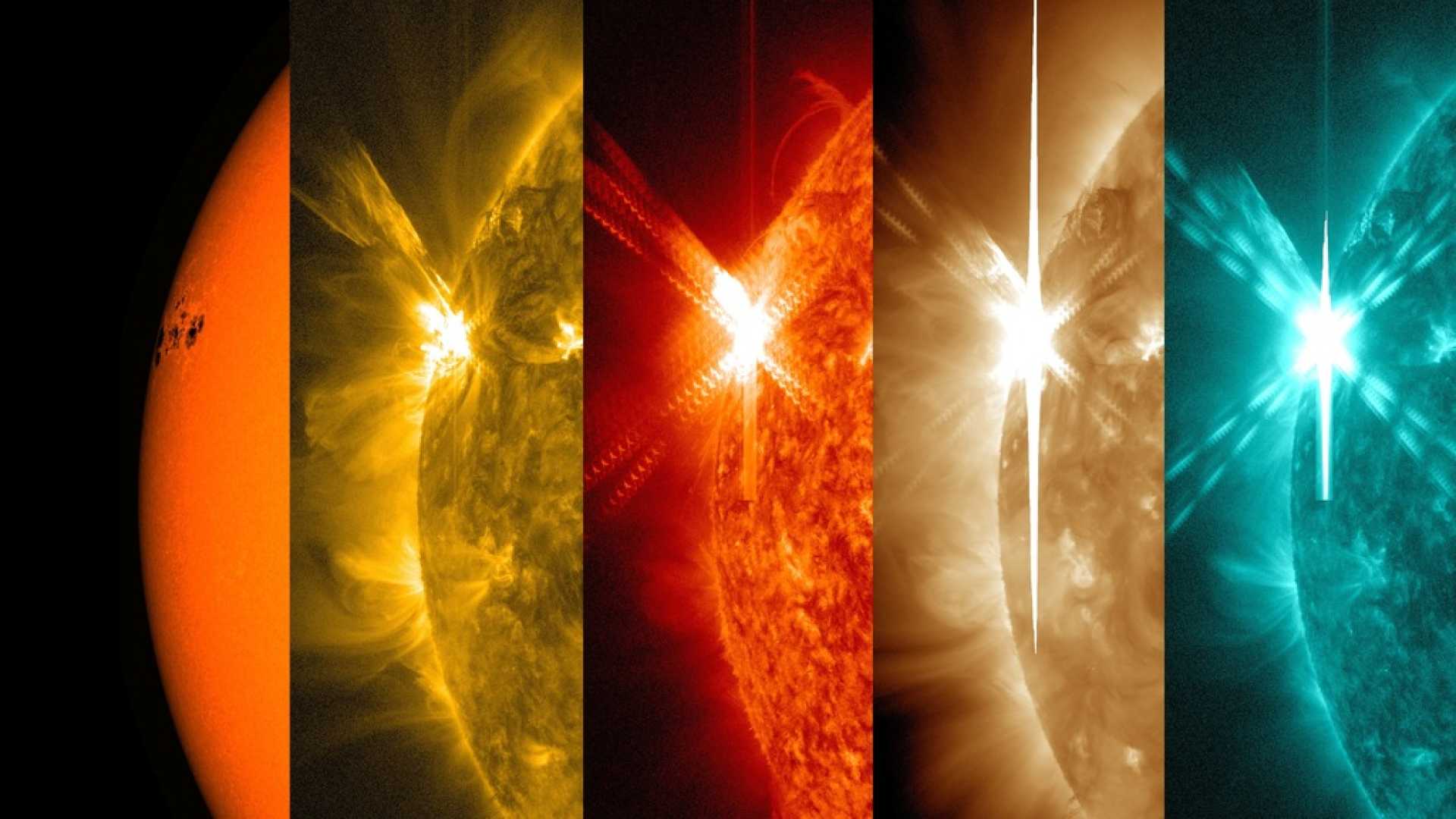News
Powerful Solar Flare Disrupts Radio Signals Across Eastern Hemisphere

Washington, D.C. — A high-magnitude solar flare erupted from a new sunspot on the sun’s surface early Wednesday, May 14, leading to significant disruptions in radio signals across the Eastern Hemisphere. Classified as an X2.7 solar flare, the event peaked at 4:25 a.m. EDT (0825 GMT) and primarily affected regions including Europe, Asia, and the Middle East.
The National Oceanic and Atmospheric Administration (NOAA) reported that the flare caused strong R3-level radio blackouts during the eruption, particularly impacting communication networks. “This flare is classified as an X2.7 flare, placing it at the lower end of the most powerful classifications,” NOAA stated.
The solar flare originated from sunspot region AR4087, which has recently exhibited increased activity, including an earlier M5.3 flare just hours before the X-class event. This new activity marks a significant uptick in potential solar disruptions, following a relatively quiet period for the sun.
NASA’s Solar Dynamics Observatory captured stunning images of the flare, revealing the extreme ultraviolet light that highlights the intense heat of the solar eruption. As solar flares can lead to temporary disruptions in communications, it remains crucial for various industries, including aviation and maritime navigation, to monitor space weather conditions.
According to experts, solar flares are sudden bursts of electromagnetic radiation associated with sunspots. The agency classifies these flares on a scale from A to X, with each class representing a tenfold increase in energy output. The X-class flares are the most powerful, and they can cause significant disruptions to technologies that depend on radio signals.
No coronal mass ejections (CMEs) accompanied this latest solar flare, which typically have the potential to ignite geomagnetic storms and produce vibrant auroras on Earth. NOAA indicated, however, that the activity from this sunspot could lead to additional flares and potentially more disruptions in the coming days.
As AR4087 continues to rotate into view of Earth, scientists express both caution and intrigue. “Given the magnetic complexity of Region 4087, NOAA estimates a 65% chance for M-Class flares and a 30% chance for X-Class flares through May 17,” the agency reported. The sun has indeed started to awaken, and observers worldwide will be keenly watching this active region.












